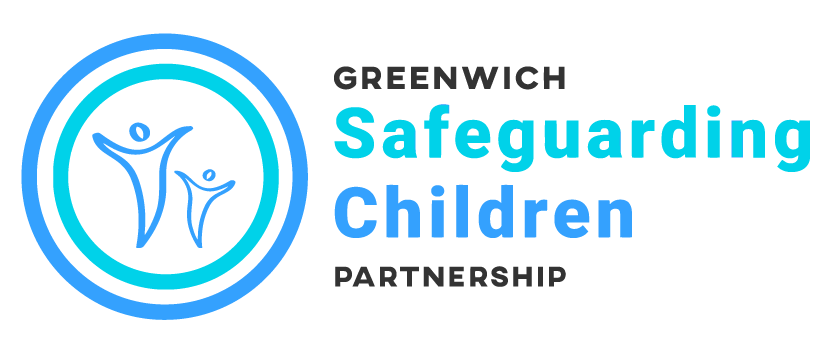Self Harm
Self-Harm is the term used when someone deliberately injures or damages themselves. It’s usually a way of coping with or expressing overwhelming emotional distress.
Self-harm it is often the symptom of another problem. It can be a response to feeling anxious, depressed, stressed or bullied and when someone feels they don’t have any other way of dealing with these issues.
Types of self-harm may include:
• cutting, commonly with a razor, knife or other sharp implement
• taking an overdose of tablets
• burning or scalding
• scratching, picking skin, not letting wounds heal
• self-battery (eg, punching or banging one’s head or body parts against a wall or other surface)
• swallowing things or ingesting toxic substances
• stabbing or inserting objects into one’s body
• breaking bones
• pulling out hair
People often try to keep self-harm a secret because of shame or fear of discovery. For example, they may cover up their skin and avoid discussing the problem. It may, therefore, be up to close family and friends to notice when somebody is self-harming, and to approach them with care and understanding. The signs may include unexplained injuries and signs of depression or low-self esteem.
For more information and support for people who may be self harming visit:

- Young Minds – UK’s leading Charity for Children and Young Peoples Mental Health
- London Child Protection Procedures Website
- Headscape is a website designed for young people, by other young people in Greenwich and Bexley. It is a ‘one stop’ source of self-help about a range of mental health issues and conditions for young people to browse at leisure, including self-harm.
- Kooth.com is a free and anonymous online counselling service, that is available to 11 to 19 year olds across the south east London Boroughs of Greenwich, Bexley, Bromley, Lambeth and Southwark.
